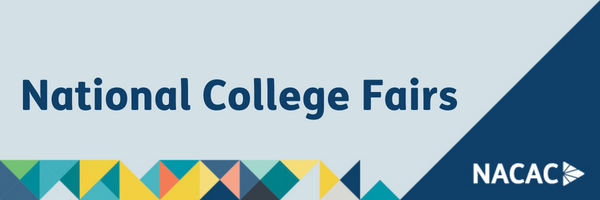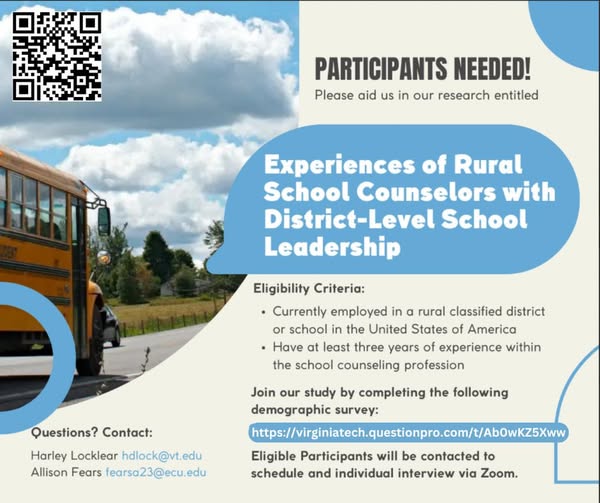Speech-language pathologists (SLPs) have a wide range of career options. They can work in schools, hospitals, or private practice.
This flexibility means there is almost always steady demand, no matter where they are in life. It also allows SLPs to gain diverse experiences, whether they prefer working with children or adults. Becoming a speech-language pathologist requires significant credentialing, but there are several routes to get there.
In this article, we’ll take a closer look at the most common paths for how to become an SLP.
Speech-Language Pathologist Demand Overview
Before diving into the details, let’s answer the big question: Is it worthwhile to become a speech-language pathologist (SLP)? The short answer is yes. Employment in this field is projected to grow by nearly 20% over the next decade— far outpacing the average 4–5% growth rate for most careers. On average, about 13,000 new SLP positions open across the country each year.
Part of the reason demand is so steady is that SLPs often work in settings with high turnover, such as schools, hospitals, and private clinics. This makes job opportunities consistently available.
That said, it’s important to keep expectations realistic. When people hear “lots of openings,” they sometimes imagine an endless menu of choices after graduation. In reality, while jobs are plentiful, you won’t always control where those openings are.
For instance, if your dream is to work as an SLP at your child’s school, you might have to wait years for that position to open.
You likely won’t need to relocate to find work, but flexibility about specific placements will help.
Why is the field growing so quickly? A few key factors are at play. First, there’s greater awareness of the benefits of early intervention, which has led to more referrals for children with speech challenges.
Second, rising rates of autism diagnoses have increased demand, since individuals on the spectrum are often paired with SLP services.
Third, medical advancements have improved survival rates for infants and patients with conditions that create speech and swallowing difficulties. For example, infants who are born prematurely often need speech-language support at some point in their development.
These trends combine to create a strong and steady need for qualified speech-language pathologists, making it a career with both stability and impact.
Educational Pathway: Conventional Model
The traditional and most commonly used credentialing model for speech-language pathologists generally follows this path.
A college freshman enrolls in an undergraduate program related to communication or speech-language studies, which typically takes four years. Afterward, they pursue a master’s degree in speech-language pathology, followed most often by a state-specific certification for the type of work they plan to do.
Some states have slightly different credentialing benchmarks depending on whether a person wants to work in schools, hospitals, or other settings.
These final credentials are usually straightforward to acquire in comparison, often involving an additional examination or a required number of lecture hours tailored to the desired role.
All told, the conventional route to becoming a speech-language pathologist typically takes six to seven years.
Accelerated Pathways
There are also ways to acquire a speech-language pathology certification in a shorter time frame. Many universities offer combined undergraduate and graduate programs that are completed in five or six years.
This accelerates your course of study, allowing you to earn both degrees in roughly the same time it would normally take to complete one.
Each program is slightly different, but some may offer opportunities to save money—not necessarily on tuition, but potentially on room, board, and other expenses.
Accelerated programs are particularly well-suited for students who have not yet started college and are certain they want to pursue a career in speech-language pathology.
I Have a College Degree, But It Isn’t Related to Speech-Language Pathology. What Can I Do?
A variety of educational backgrounds can qualify you for a speech-language pathology graduate program. Eligibility depends on factors such as university requirements and regional credentialing standards.
If your background is in education, healthcare, or psychology, you’ll likely find the transition relatively smooth.
Some schools also offer equivalency exams that allow you to test into the program even if your degree isn’t directly related to speech-language pathology.
Having a college degree in any field generally accelerates your access to a graduate program. In certain cases, additional steps may be required, but your degree will at least get your foot in the door.
A Day in the Life of a Speech-Language Pathologist
Let’s say you go through all of the necessary hoops and emerge as a newly minted speech-language pathologist. What will your life look like? Many speech-language pathologists begin their days by preparing student or patient schedules.
They plan therapy sessions tailored to the individuals they’ll be seeing and prepare highly individualized activities and tasks.
Sessions may be one-on-one or in small groups. In a school setting, this could mean pulling students out of the classroom into your office or guiding class-wide activities in kindergarten and preschool rooms.
You may also push into classrooms to help certain students complete activities.
Between sessions, you’ll document progress, create reports, and collaborate with teachers, parents, and other professionals to ensure all benchmarks are being met.
Salaries are strong—starting around $60,000, with potential to reach six figures as experience grows. One of the most rewarding aspects is that each day is slightly different, thanks to the highly individualized nature of the work.
Is Becoming a Speech-Language Pathologist Worth It?
If you’re looking for a meaningful career that also commands a respectable salary, it is definitely worth considering becoming a speech-language pathologist. There are many opportunities, plenty of openings, and the pathway is not always overly long or complicated.
If you already have an undergraduate degree, you can expect to start working in your desired field within two to three years. If you don’t, credentialing will take a minimum of five years, but the work is well worth it for anyone seeking a fulfilling, lifelong career.












